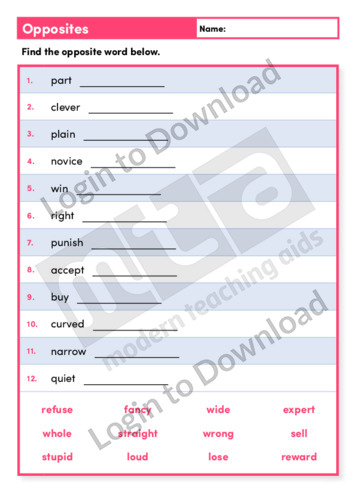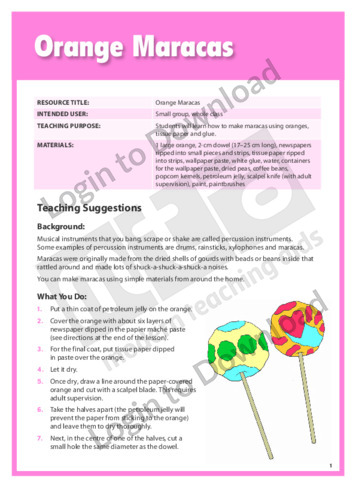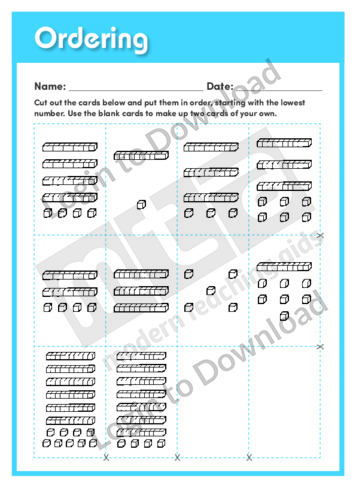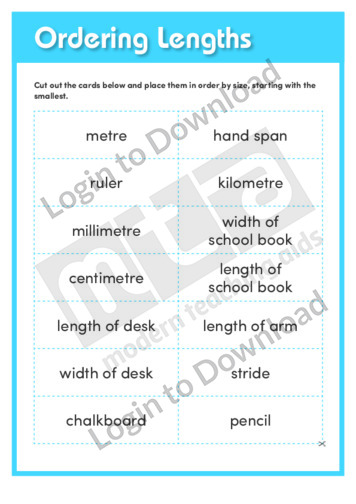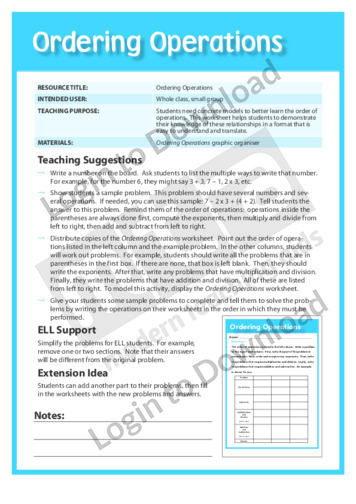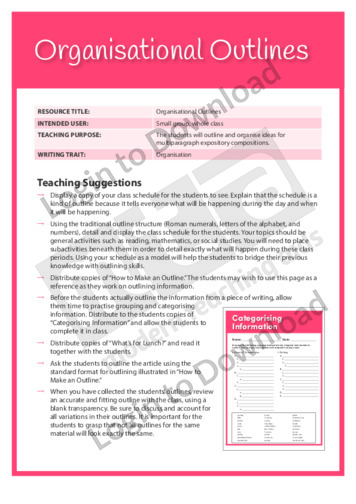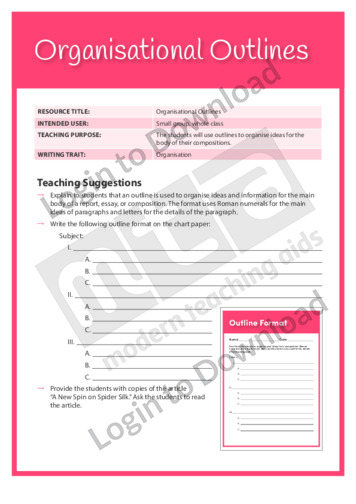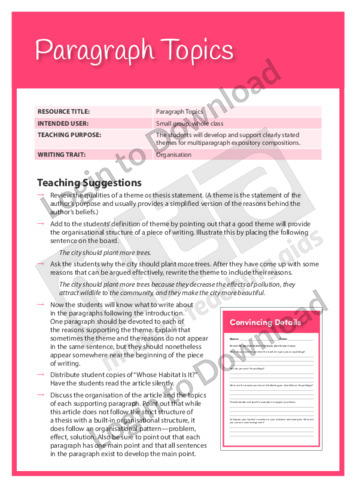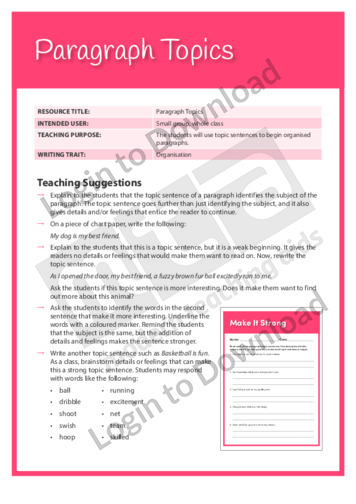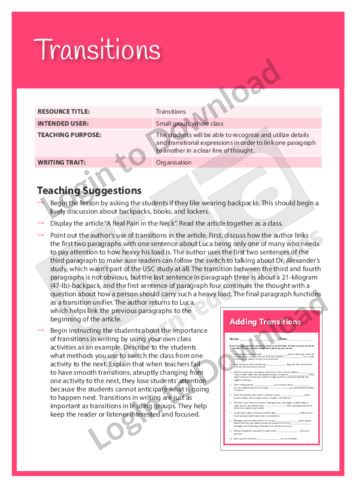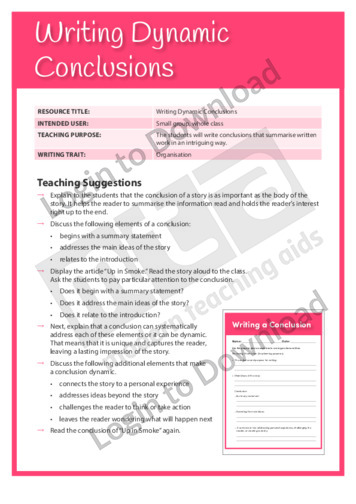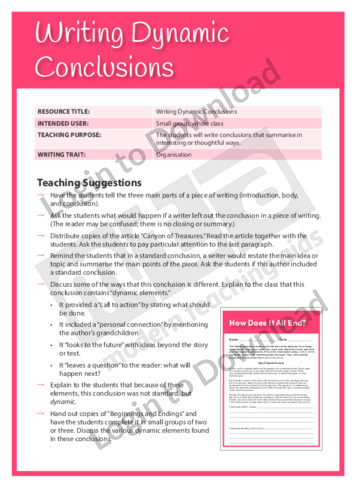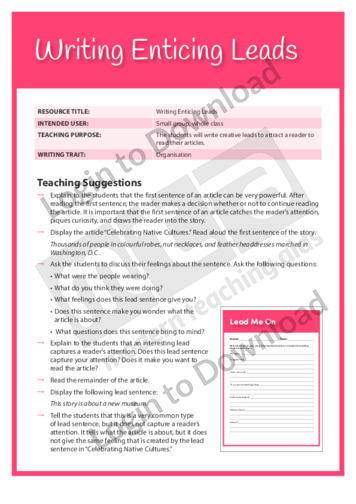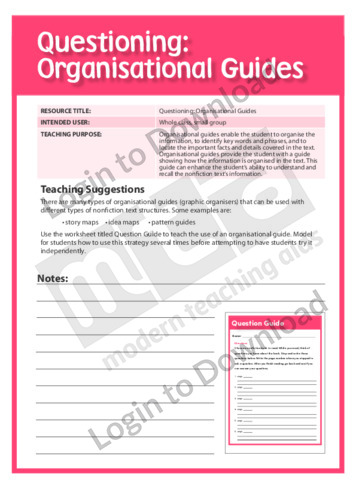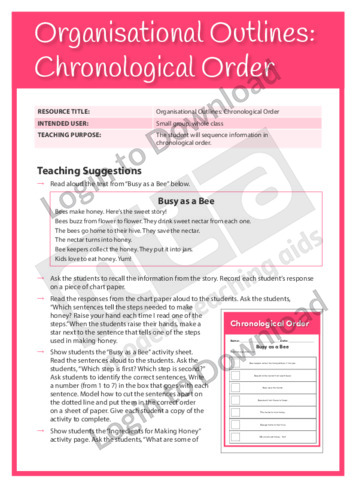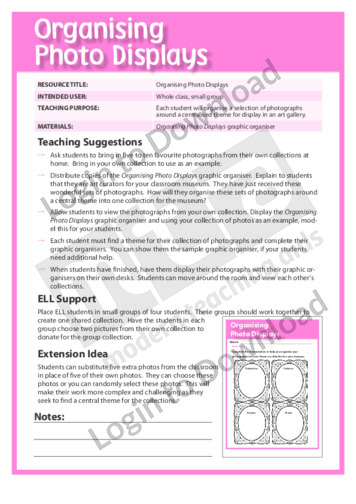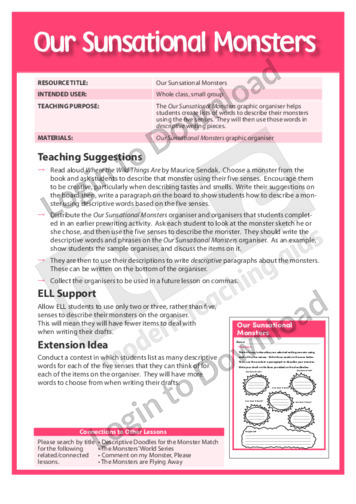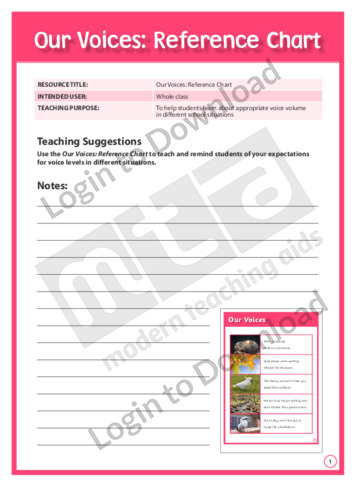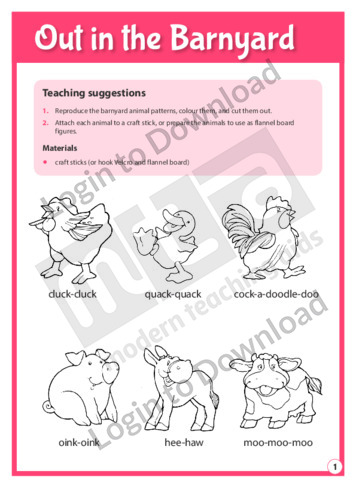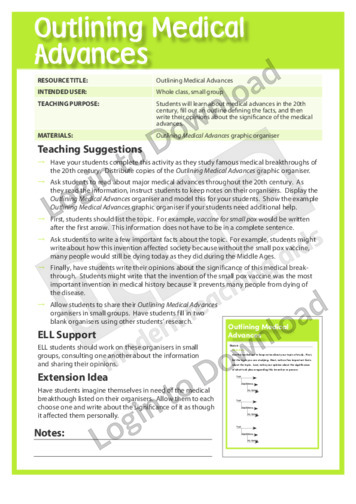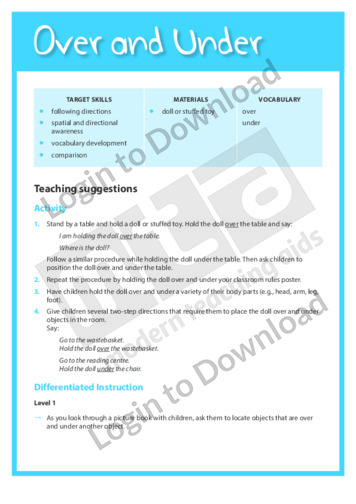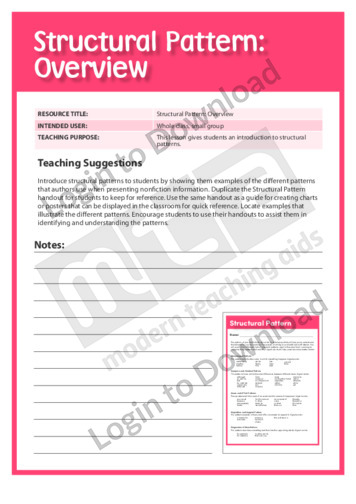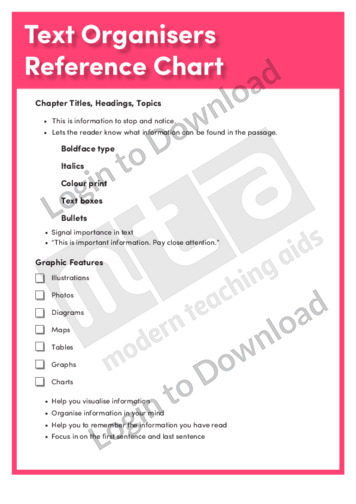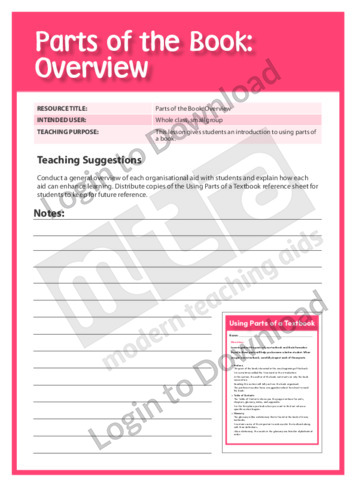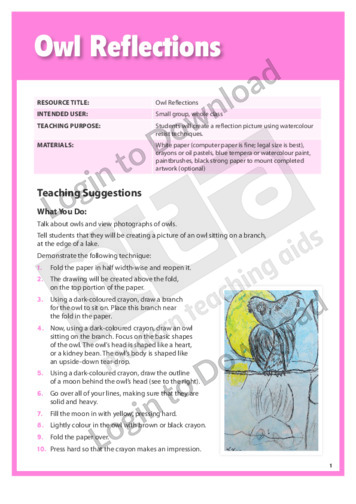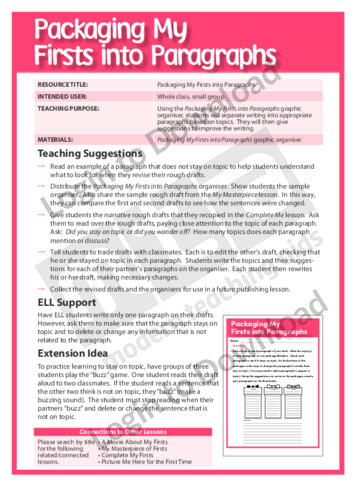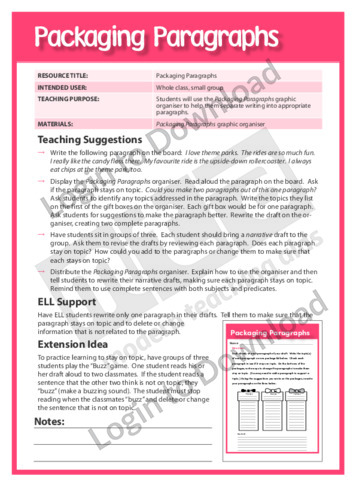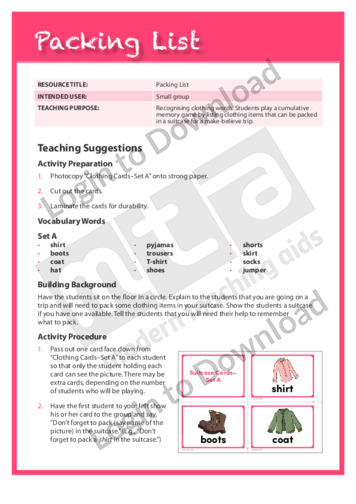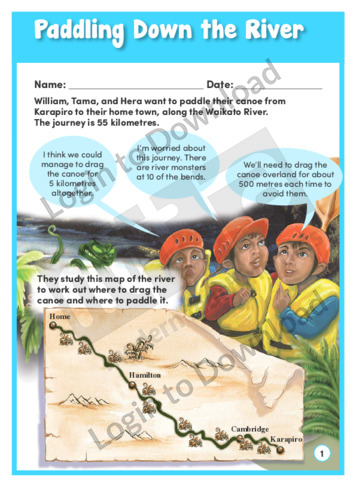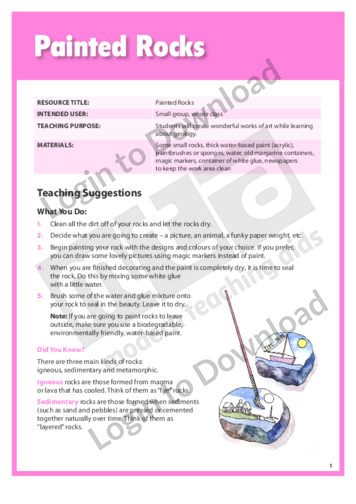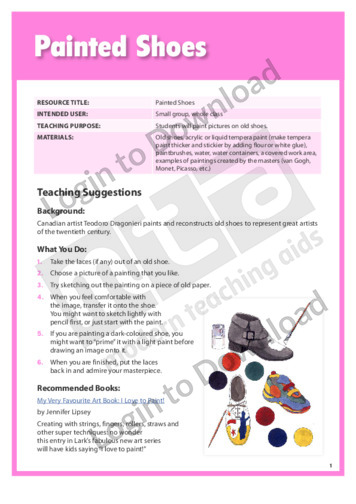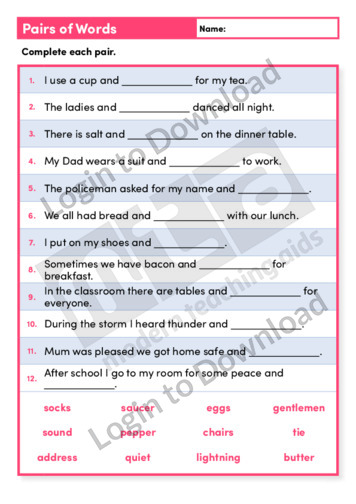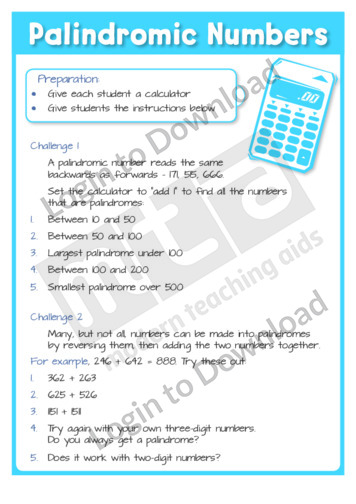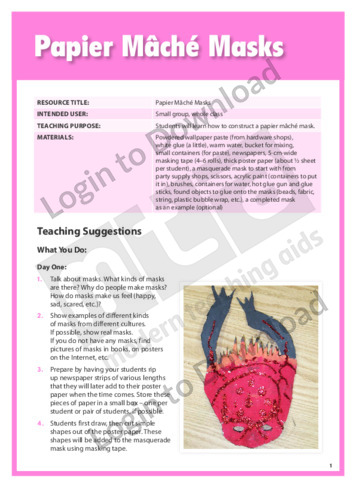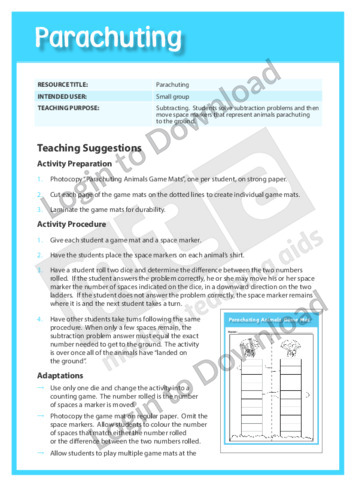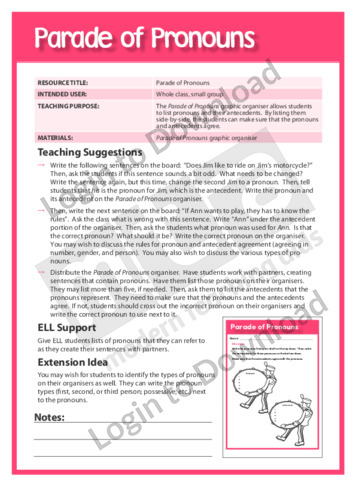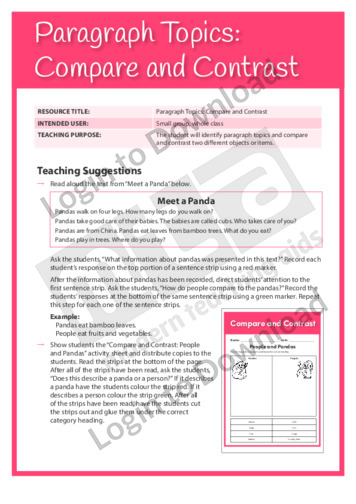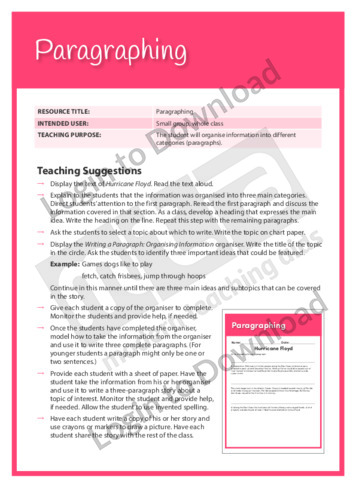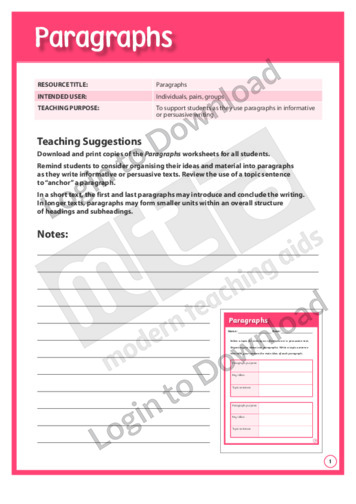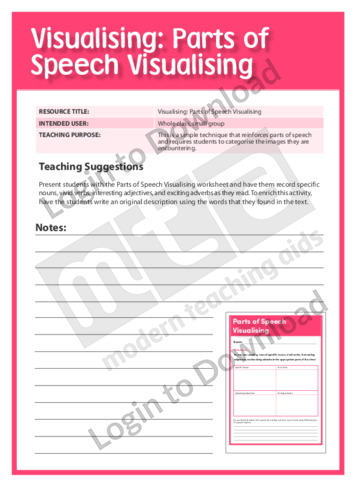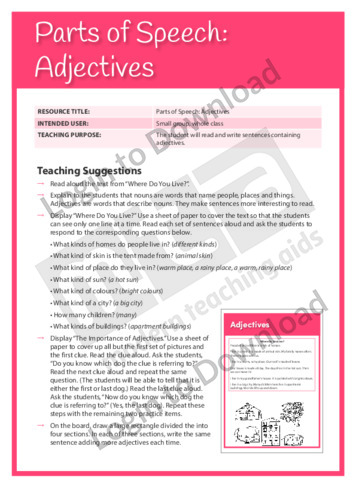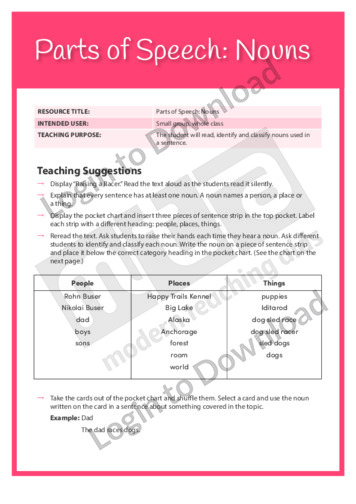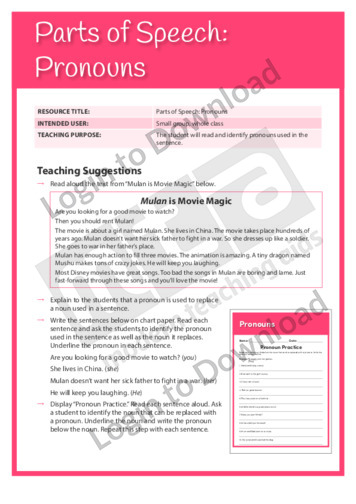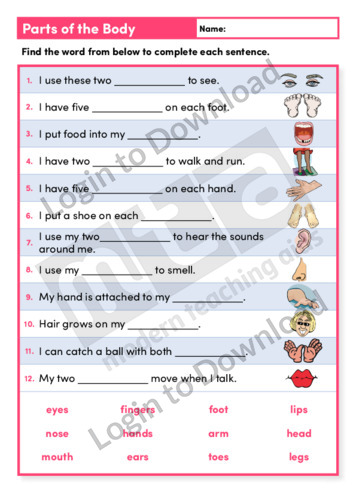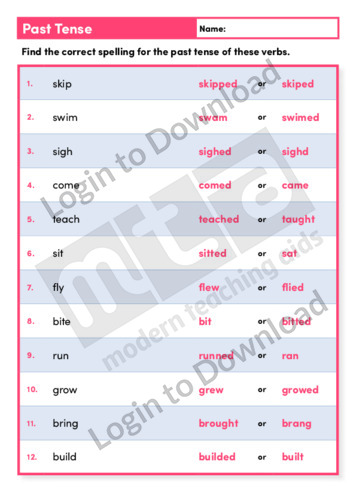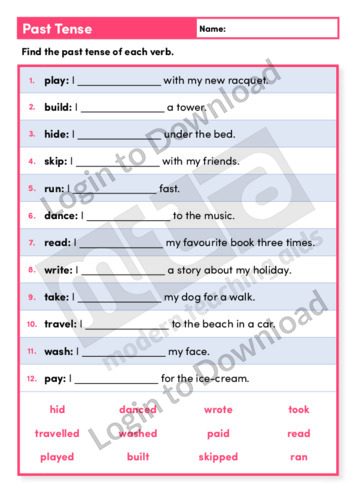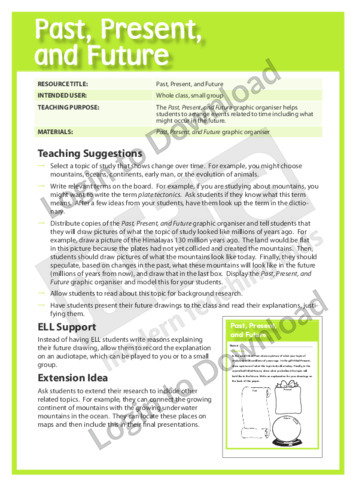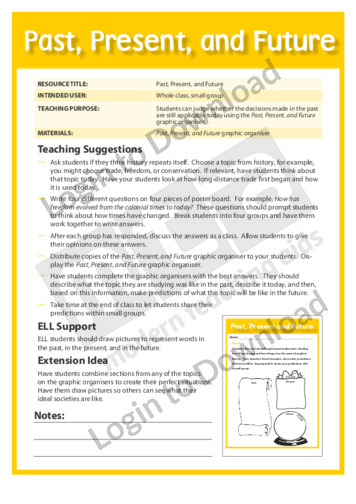This vocabulary activity, ‘Opposites’ supports vocabulary development by encouraging students to match opposite words.
This Readers Theatre activity, ‘Opposites Attract’ encourages students to use clues, such as the title and topic, to aid comprehension and make predictions about content. It also builds reading fluency. This activity includes a script for 4 readers.
This art project ‘Orange Maracas’ enables students to create maracas from oranges. It is aimed at developing students’ awareness of basic artistic procedures. It provides a list of materials, easy-to-follow step-by-step art instructions, a recipe for papier mache pulp and a list of recommended art books.
This patterns learning activity, ‘Ordering’ asks students to practise with tens and ones.
This units of measurement learning activity, ‘Ordering Lengths’ asks students to practise with measurement in everyday life.
This graphic organiser, ‘Ordering Operations’ helps students to demonstrate their understanding of the order of operations in a clear and simple format.
This Writing Traits activity ‘Organisational Outlines’ encourages students to use outlines to organise ideas for the body of their composition.
This Writing Traits activity ‘Paragraph Development’ encourages students to develop topics and supporting paragraphs.
This Writing Traits activity ‘Paragraph Topics’ encourages students to develop and support clearly stated themes for multiparagraph expository compositions.
This Writing Traits activity ‘Paragraph Topics’ encourages students to use topic sentences to begin organised paragraphs.
This Writing Traits activity ‘Transitions’ encourages students to smoothly connect ideas or phrases in compositions.
This Writing Traits activity ‘Transitions and Sequencing’ encourages students to sequence personal narratives, including details to create visual images.
This Writing Traits activity ‘Writing Dynamic Conclusions’ encourages students to write conclusions that summarise written work in an intriguing way.
This Writing Traits activity ‘Writing Dynamic Conclusions’ encourages students to write conclusions that summarise in interesting or thoughtful ways.
This Writing Traits activity ‘Writing Enticing Leads’ encourages students to write creative leads to attract a reader to read their articles.
This content area reading learning activity, ‘Organisational Guides,’ provides students with a guide showing how the information is organised in the text. It is aimed at enabling the student to organise the information, to identify key words and phrases and to locate the important facts and details covered in the text.
This Writing Traits activity, ‘Organisational Outlines: Chronological Order’ encourages students to sequence information.
This graphic organiser, ‘Organising Photo Displays’ ask students to organise a selection of photographs around a centralised theme for a display in an art gallery.
This graphic organiser, ‘Our Sunsational Monsters’ supports students in developing their writing skills by creating lists of descriptive words about monsters.
This graphic organiser, ‘Our Sunsational Senses’ supports students in developing their writing skills by creating lists of descriptive words.
This oral language activity, ‘Our Voices: Reference Chart’ supports language development by encouraging students to learn appropriate voice volume in different school situations. A reference chart provides prompts showing different voice levels required for different school situations.
This early learning activity, ‘Out in the Barnyard’ provides cut-outs to make stick puppets of various barnyard animals that feature in the accompanying poem.
This graphic organiser, ‘Outline Creations’ supports students in organising their thoughts into an outline before writing a draft.
This graphic organiser, ‘Outlining Medical Advances’ helps students to combine facts about medical advancements with their own personal opinions.
This graphic organiser, ‘Outlining Opinions’ asks students to combine facts about a topic with their own personal opinions.
This Beginning Maths activity, ‘Over and Under’ encourages students to develop spatial and directional awareness, identifying if an object is either over or under.
This content area reading learning activity, ‘Overview,’ gives students an introduction to structural patterns. It provides information about the different patterns that authors use when presenting nonfiction information.
This content area reading learning activity, ‘Overview,’ gives students an introduction to text organisers and text features. It provides students with a reference chart that has useful information on text organisers and text features which they can keep for future use.
This content area reading learning activity, ‘Overview,’ gives students an introduction to using parts of a book. It provides a general overview of each organisational aid with students and teaches them how each aid can enhance learning.
This art project ‘Owl Reflections’ enables students to create owl-themed reflection pictures. It is aimed at developing students’ awareness of basic artistic procedures. It provides a list of materials, easy-to-follow step-by-step art instructions and a recommended art book.
This graphic organiser, ‘Packaging My Firsts into Paragraphs’ supports students in developing their writing skills, focusing on topic sentences and paragraph structure of their draft writing.
This graphic organiser, ‘Packaging Paragraphs’ supports students in developing their writing skills, focusing on topic sentences and paragraph structure.
This vocabulary development activity, ‘Packing List’ supports vocabulary development by encouraging students to play a cumulative memory game in which they list clothing items that can be packed in a suitcase for a make-believe trip. It is aimed at helping students recognise clothing words. It provides suitcase picture and word cards.
The novel learning activity, ‘Paddling Down the River’ shows the route some friends want to canoe home. There is a problem though: river monsters have to be negotiated by carrying their canoe overland! Students calculate how long it will take the friends to reach home. This activity includes comprehensive teaching notes to be read before …More
This art project ‘Painted Rocks’ enables students to paint wonderful rock art. It is aimed at developing students’ awareness of basic artistic procedures. It provides a list of materials, easy-to-follow step-by-step art instructions, a brief explanation about the three main kinds of rocks and a list of recommended art books.
This art project ‘Painted Shoes’ enables students to paint pictures on old shoes. It is aimed at developing students’ awareness of basic artistic procedures. It provides a list of materials, easy-to-follow step-by-step art instructions and a list of recommended art books.
This art project ‘Painting on Seashells’ enables students to create seascape paintings on seashells. It is aimed at developing students’ awareness of basic artistic procedures. It provides a list of materials, easy-to-follow step-by-step art instructions and a list of recommended art books.
This vocabulary activity, ‘Pairs of Words’ supports vocabulary development by encouraging students to use noun pairs in context.
This maths activity, ‘Palindromic Numbers’ introduces students to the concept of palindromes and develops basic maths skills by encouraging students to practise addition, as part of a game played in pairs with a calculator.
This art project ‘Paper Bag or Fabric Poncho’ enables students to create ponchos from paper bags or fabric. It is aimed at developing students’ awareness of basic artistic procedures. It provides a list of materials, easy-to-follow step-by-step art instructions and a list of recommended art books.
This art project ‘Papier Mache Masks’ enables students to create papier mache masks. It is aimed at developing students’ awareness of basic artistic procedures. It provides a list of materials, easy-to-follow step-by-step art instructions and a list of recommended art books.
This maths activity, ‘Parachuting’ develops basic maths skills by encouraging students to solve subtraction problems to move across a game mat. It is aimed at developing students’ knowledge of subtracting. It provides parachuting animals game mats.
This graphic organiser, ‘Parade of Pronouns’ supports students in editing and revising their writing, focusing on correct use of pronouns and antecedents.
This Writing Traits activity, ‘Paragraph Topics: Compare and Contrast’ encourages students to identify paragraph topics and compare and contrast .
This Writing Traits activity, ‘Paragraphing’ encourages students to organise information into different categories (paragraphs).
This written language activity, ‘Paragraphs’ supports language development by encouraging students to use paragraphs in informative or persuasive writing and to write clear paragraphs. It is aimed at developing students’ awareness of paragraphs and how a topic sentence ‘anchors’ a paragraph and how the first and last paragraphs introduce and conclude the writing.
This content area reading learning activity, ‘Parts of Speech Visualising,’ reinforces parts of speech and requires students to categorise the images they are encountering. It has students record specific nouns, vivid verbs, interesting adjectives and exciting adverbs as they read a text.
This Writing Traits activity, ‘Parts of Speech: Adjectives’ encourages students to read and write sentences containing adjectives.
This Writing Traits activity, ‘Parts of Speech: Adverbial Phrases’ encourages students to read and write sentences containing adverbial phrases.
This Writing Traits activity, ‘Parts of Speech: Nouns’ encourages students to read, identify, and classify nouns used in a sentence.
This Writing Traits activity, ‘Parts of Speech: Pronouns’ encourages students to identify and use pronouns in a sentence.
This Writing Traits activity, ‘Parts of Speech: Verbs’ encourages students to identify the verb in a sentence.
This vocabulary activity, ‘Parts of the Body’ supports vocabulary development by encouraging students to identify functions of parts of the body.
This spelling activity, ‘Past Tense’ provides opportunities for practice with identifying the correct spelling of verbs in the past tense.
This vocabulary activity, ‘Past Tense’ supports vocabulary development by encouraging students to use verbs in the past tense in a sentence.
This graphic organiser, ‘Past, Present, & Future’ helps students to arrange events related to time including what might occur in the future.
This graphic organiser, ‘Past, Present, & Future’ helps students to identify whether the decisions made in the past are still applicable today.
It�s that easy!

